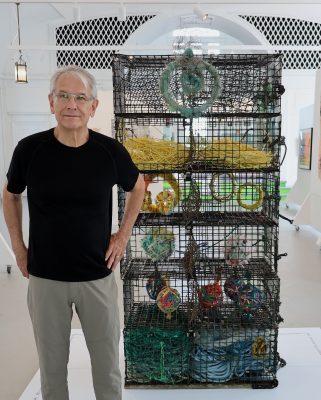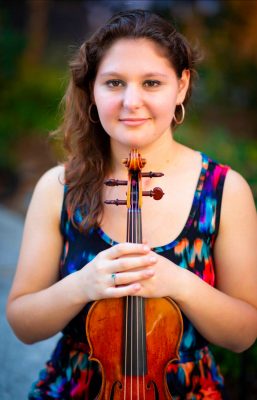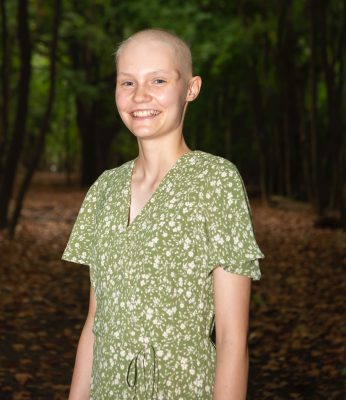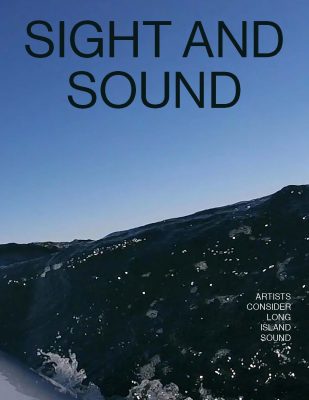
Long Island Sound-inspired music, videos, sculptures, paintings and multi-genre visual art by more than a dozen artists will be showcased through the 2025 Connecticut Sea Grant Arts Support Awards.
The 18 artists are part of two projects chosen for the CTSG Arts Support Awards, a program offered annually since 2009.
“For 15 years, this arts program has received submissions from so many talented artists seeking to integrate coastal and marine environments into their work. This year’s artists are no exception,” said Syma Ebbin, CT Sea Grant research coordinator and found of the arts support program. “I’m looking forward to helping organize programming that amplifies and incorporates these works into teaching, research and outreach on our campus and beyond. The goal always is to engage the public and foster new ways of appreciating, understanding and interacting with Connecticut’s coasts, marine waters and watersheds.”
For one of the projects, curator Richard Klein of Norwalk will use funding from the arts support program to bring the work of 15 artists to UConn Avery Point’s Alexey von Schlippe Gallery this fall. The widely varying works are currently being shown in the “Sight and Sound: Artists Consider Long Island Sound” exhibit at the Norwalk Art Space.
“I wanted a range of media, and a mix of well-known and emerging artists,” Klein said. “I wanted artists whose work looked beneath the surface of the Sound, who had unusual ways of looking at this environment.”

For the second project, violinist Ilana Zaks and her brother, cellist Eric Zaks, will perform “Resonant Coast,” an original composition by Brannon Warn-Johnston incorporating sounds from nature recorded on the Connecticut shoreline. Warn-Johnston, a high school junior in Seattle, has recently been spending time on the Connecticut shoreline while undergoing cancer treatment and will explore the connection between coastal ecology and human resilience in her composition. The three plan to give a series of concerts on the Connecticut coast in which Ilana and Eric Zaks will play their instruments while Warn-Johnston plays her recordings. They will also be joined by a percussionist.
“I find the sounds of nature and the coast very inspiring within the healing process,” Warn-Johnston said. “I really can’t help being inspired by the things I do and by my experiences.”
Ilana Zaks, first violinist with the Seattle Symphony and Seattle Opera, met Warn-Johnston, also a violinist, at a workshop hosted by the symphony. For the past year the two have been collaborating on performances of a composition by Warn-Johnston titled, “A Year with

Cancer,” in which Ilana Zaks plays solo violin accompanied by recordings of the scanner beeps, nurse and doctor conversations and other ambient hospital sounds.
“We’ve done it many times, and it’s amazing how many different reactions we get,” Ilana Zaks said. “Different parts of the piece move people to recall their own experiences.”
She and her brother, a software engineer based in the Boston area, have performed together often throughout their lives, she said.
Both she and Warn-Johnston have been passionate about music since childhood. Ilana Zaks began playing violin at age 3, carrying on a four-generation tradition in her family, and continuing through her training at the New England Conservatory and the Yale School of Music into a professional career. Warn-Johnston said ideas for compositions have come to her organically since she was very young.
Klein, the former exhibit director at the Aldrich Contemporary Arts Museum in Ridgefield, is also an artist, but is not displaying his own works in the “Sight and Sound” show. He developed the idea for a show of “contemporary art looking at the Sound now” while spending a week as the artist-in-residence at Peck’s Ledge Light. The 119-year-old lighthouse 1.5 miles off the Norwalk coast is owned by The Norwalk Art Space, where Klein is a member of its advisory board.
“I’ve lived on Long Island Sound most of my life,” he said, “but I hadn’t really thought about it. I spent my time at the lighthouse doing research on the Sound, and how the artistic community is responding to this body of water.”

The works in the show, by artists from Connecticut and New York, range from photos to abstract images and sculptures to multi-media works and a video, with titles such as “Map of the Hellgate,” “Fishers Island Crossing,” “Where Have All the Lobsters Gone?” and “Eel Impressions.”
The Alexey von Schlippe Gallery, is an ideal venue for the show because of its location on the Sound and proximity to the Marine Sciences Department and Connecticut Sea Grant, both at Avery Point.
“You couldn’t ask for a better location,” Klein said.
“Sight and Sound: Artists Consider Long Island Sound” was organized by and is initially being presented at The Norwalk Art Space, with funding provided by ROAN Development Ventures, The O’Grady Foundation, and Tauck Ritzau Innovative Philanthropy–TRIP Foundation.
The Arts Support Award program is an annual competitive call that provides $1,000 to an artist or group of artists for projects that are relevant to coastal and marine environments and Connecticut Sea Grant themes, that also have potential to reach the wider public and new audiences. The award to Klein will support the costs of packing and transporting the works in the “Sight and Sound” exhibit to UConn Avery Point for an exhibit in November. The funds for the “Resonant Coast” project will pay for rental of audio equipment and percussion instruments, video documentation and outreach materials.
“The Arts Support program is a means to broaden the audiences we reach,”, said Sylvain De Guise, director for Connecticut Sea Grant. “Not everyone is interested in looking at graphs in scientific publications, but many are interested in learning about Long Island Sound through the arts.”
Connecticut Sea Grant, based at the UConn Avery Point campus in Groton, is one of 34 Sea Grant programs supported by the National Oceanic and Atmospheric Administration in coastal and Great Lakes states that encourage the wise stewardship of our marine resources through research, education, outreach and technology transfer.
More information: Judy Benson, communications coordinator, Connecticut Sea Grant: judy.benson@uconn.edu